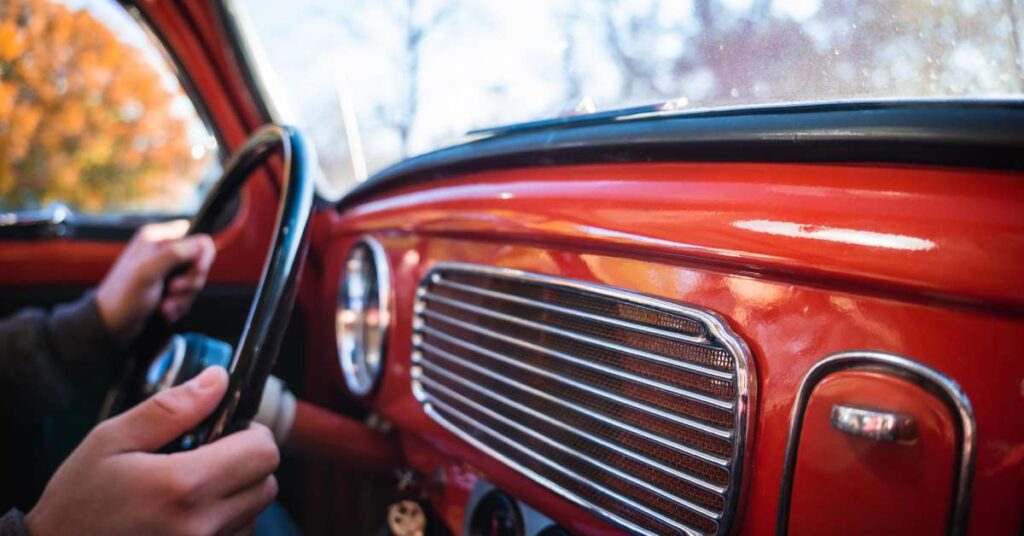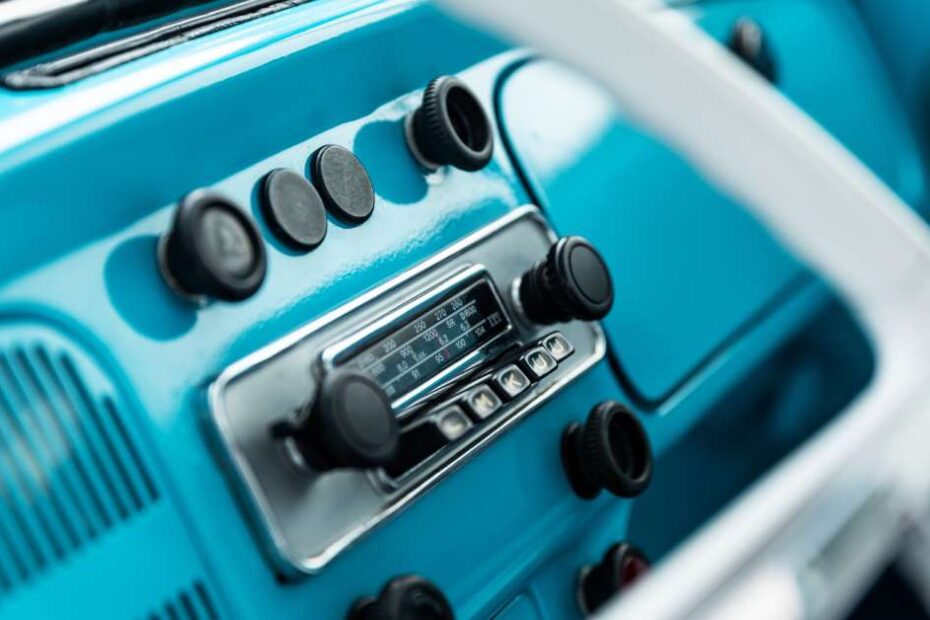Volkswagen’s rich history is filled with iconic models that have shaped the automotive industry and captured the hearts of millions. From the humble beginnings of the Beetle to the versatile Golf, these vehicles have become symbols of innovation, reliability, and timelessness. Let’s examine history’s most iconic Volkswagen models, exploring what makes each one a certifiable classic.
The Volkswagen Beetle: The People’s Car

The Volkswagen Beetle is perhaps the most recognizable model in the company’s history. Originally conceived in the 1930s as the “people’s car” by Ferdinand Porsche, the Beetle became a symbol of affordable and reliable transportation. Its distinctive rounded shape, rear-engine design, and simple mechanics made it a favorite among drivers worldwide.
The Beetle’s success continued post-World War II, where it became a cultural icon, particularly in the 1960s and 70s. Its popularity surged in the United States, where it received love from the counterculture movement.
The Beetle’s unique design and quirky personality made it stand out in a market dominated by large American cars. Even today, car enthusiasts celebrate this vehicle for its vintage charm and classic look.
The Volkswagen Bus: A Symbol of Freedom
The Volkswagen Bus, officially known as the Type 2, emerged as another icon in the 1950s. Known for its spacious interior and versatility, the Bus quickly became a favorite for families, businesses, and adventurers alike. Its unique design, featuring a flat front and large windows, set it apart from other vehicles of its time.
In the 1960s, the Volkswagen Bus became a symbol of freedom for counterculture, much like the Beetle. It was the vehicle of choice for many who embraced the hippie lifestyle, using it for cross-country road trips and as a mobile home. The Bus’s association with peace, love, and adventure has made it an enduring symbol of the era, and it is perfect for anyone seeking a vintage vehicle with character.
The Volkswagen Golf: A New Era of Compact Cars
Introduced in 1974, the Volkswagen Golf marked a significant departure from the Beetle’s design. As a front-engine, front-wheel-drive hatchback, the Golf set a new standard for compact cars. Its sharp, angular design and practical features made it an instant hit, particularly in Europe.
Over the years, the design evolved to meet the changing demands of drivers, with each generation introducing new technologies and design improvements. From the performance-oriented GTI to the eco-friendly electric models, the Golf has remained at the forefront of the compact car market.
The Volkswagen Passat: Redefining the Family Sedan
The Volkswagen Passat, introduced in 1973, played a crucial role in redefining the family sedan. Known for its spacious interior, solid build quality, and smooth ride, the Passat quickly became a favorite among families looking for a reliable and comfortable vehicle.
Over the years, the Passat has undergone numerous transformations, with each iteration building on the success of its predecessor. Whether it’s advanced safety features, fuel-efficient engines, or refined design, the Passat consistently offers a premium driving experience at an affordable price. Its enduring popularity is a testament to Volkswagen’s ability to blend practicality with style, making the Passat stand out in the sedan market.
The Volkswagen Scirocco: A Sporty, Stylish Coupé
The Volkswagen Scirocco, first introduced in 1974, proved Volkswagen’s ability to produce a sporty and stylish coupé. Designed by the renowned Giorgetto Giugiaro, the Scirocco combined sleek lines with a practical hatchback design, offering a unique blend of performance and functionality.
The Scirocco’s lightweight construction and nimble handling made it a favorite among drivers. Its success continued through multiple generations, with each new model refining the balance between sporty performance and everyday usability. While Volkswagen eventually discontinued the Scirocco, it remains a cult classic among Volkswagen fans, admired for its distinctive design and easy handling.
The Volkswagen Jetta: Bridging the Gap Between Compact and Family Cars
The Volkswagen Jetta was introduced in 1979 as a more practical alternative to the Golf, offering a larger boot and a more traditional sedan layout. The Jetta quickly became popular among people who wanted the performance and reliability of the Golf but needed more space for passengers and luggage.
Over time, the Jetta earned its reputation as a versatile and dependable vehicle, appealing to a wide range of drivers. Whether it was young professionals looking for a stylish commuter car or families needing a reliable sedan, the Jetta consistently delivered. Its combination of practicality, comfort, and signature driving dynamics still makes it one of the brand’s most successful models.
The Volkswagen Type 3: The Forgotten Classic

Introduced in 1961, the Volkswagen Type 3 often gets overshadowed by its more famous siblings, the Beetle and the Bus. However, it played a significant role in shaping Volkswagen’s history because it offered a more refined and spacious alternative to the Beetle. Available in various body styles, including the Notchback, Fastback, and Squareback, the Type 3 catered to a wide range of consumer tastes and needs.
The Type 3 had an innovative design, featuring a flat-four engine mounted under the rear floor, which allowed for more interior space and a lower center of gravity. Despite its many virtues, this VW model never achieved the same level of fame as the Beetle or the Bus. However, it remains a favorite among classic car enthusiasts, particularly those interested in keeping these rare vehicles on the road.
The Volkswagen Corrado: A Cult Classic
Introduced in 1988, the Volkswagen Corrado is another model that earned its cult following over time. Designed as a sporty coupé, the Corrado combined sharp handling with a range of powerful engines, including the legendary VR6. Its distinctive wedge-shaped design and advanced features, such as the active rear spoiler, set it apart from other vehicles of its time.
Although the Corrado wasn’t a commercial success during its production run, collectors and enthusiasts have since increased its desirability. Its rarity, combined with its unique design and performance capabilities, has solidified its status as a modern classic. For many people, the Corrado represents Volkswagen at its most daring, pushing the boundaries of what a sporty coupé could be.
The Volkswagen Phaeton: Luxury Meets Engineering Excellence
Launched in 2002, the Volkswagen Phaeton was an ambitious project aimed at competing with luxury brands like Mercedes-Benz and BMW. It’s a technological marvel, featuring multiple advanced features: air suspension, a 4Motion all-wheel-drive system, and a range of powerful engines.
Despite its engineering excellence, the Phaeton struggled to find its place in the market, partly due to its high price and the perception that Volkswagen wasn’t a luxury brand. Today, many people view the Phaeton as a hidden gem, offering a level of luxury and refinement that you’ll rarely find in vehicles from mainstream manufacturers.
Examining history’s most iconic Volkswagen models allows us to appreciate the innovation, design, and cultural significance that these cars embody. The legacy of Volkswagen isn’t just about driving; it’s about preserving a piece of history.
Whether you’re fixing up a Beetle or searching for VW Type 3 restoration parts, these vehicles offer a connection to the past that few other brands can match. Visit M&T Manufacturing for help finding the best parts and accessories for your vintage VW vehicle!
